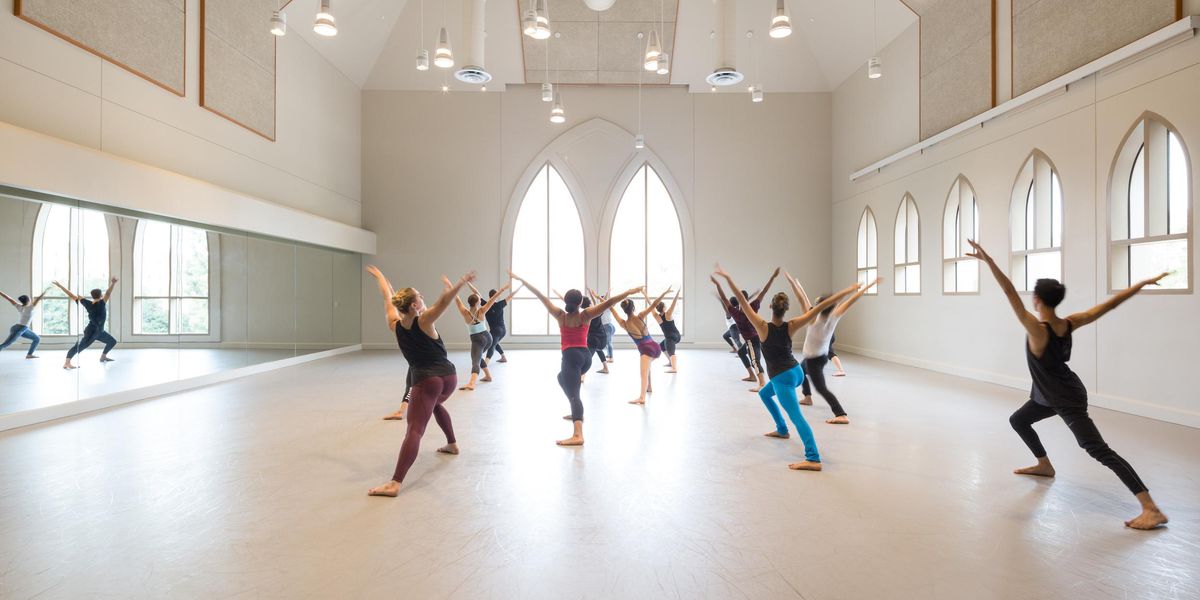Fernando Alonso (1914–2013)
Fernando Alonso teaching class at Alicia Alonso Ballet Academy in the ’50s.
Courtesy Ballet Nacional de Cuba
Loved and admired widely as the “Father of Cuban Ballet,” Fernando Alonso took to heart his grandfather’s counsel to “always ask why.” He analyzed the methods of his teachers, including Anatole Oboukhoff, Alexandra Fedorova, Anton Dolin, Antony Tudor, Pierre Vladimirov, Michel and Léon Fokine. His goal was to develop a progressive teaching methodology for Cuban students. Recent beneficiaries include ballet stars like Carlos Acosta, Lorena and Lorna Feijóo, and Jose Manuel Carreño as well as current Ballet Nacional de Cuba dancers Viengsay Váldes, Osiel Gounod, and Grettel Morejón. Alonso died at 98 on July 27, at Havana’s Cardiological Institute.
Fernando and his brother Alberto began studying dance in 1935 at Havana’s Pro-Arte Musical, where his mother, Laura Rayneri, was the president. (For more on Pro-Arte Musical, see interview with Gloria Fokine.) With Alicia Martínez, who became Alicia Alonso when they married in 1937, he moved to New York. There they danced with Mordkin Ballet, Ballet Caravan, and in Broadway musicals. They joined Ballet Theatre (now ABT) in its first year, 1940. Fernando was a soloist and Alicia became an international ballet star.
During a 1948 layoff, along with Alberto in Havana, they inaugurated Ballet Alicia Alonso. Leaving behind close friends in New York such as Donald Saddler, Marjorie Tallchief, and Rosella Hightower, they enlisted Nora Kaye, Igor Youskevitch, Barbara Fallis, and Melissa Hayden, to dance with them in Cuba. The company became the Ballet Nacional de Cuba following the 1959 revolution.
In 1939 Alonso discovered his love of teaching while subbing for ailing ballet master Léon Fokine. Trained in Alonso’s method, John White, Lázaro Carreño, Loipa Araújo, Aurora Bosch, and Jorge Esquivel became sought-after teachers in their own right. In a “Teacher’s Wisdom” interview in 2008, he talks about his scientific approach to teaching. He continued coaching until shortly before his death.
Fernando Alonso; photo by Deborah Hess
In 1950, the threesome opened the Alicia Alonso Academy. As the Batista dictatorship teetered on the brink of collapse, it asked the Alonsos to join its cultural counsel, promising that if they did, their ballet financial worries “would disappear.” Alicia signed a letter rejecting “Batista’s blackmail offer,” and they lost the company and school.
After the 1959 revolution, however, Cuba’s new president, Fidel Castro, asked, “How much money do you need to rebuild the ballet?” Fernando named what he thought to be an impossible figure: 100,000 pesos. “We’ll double it,” said Castro, “but it must be a first-rank company,” and later adding Pan-American in composition, including U.S. dancers. It met those requirements until the 1961 U.S.-imposed embargo, when the North American dancers left. The Cuban government then adopted a law that fully endowed ballet training, Fernando tasked with its implementation. (Azari Plissetsky later joined the company, and the school’s faculty.) Alonso oversaw the redesign of Cubanacán, a former country club that in 1962 opened as an arts school for hundreds of Cuban youth.
The 1959 revolution gave the ballet team legs, enabling Fernando Alonso to act as general director of the Ballet Nacional de Cuba from 1959 to 1975, the National School of the Arts from 1962 to 1967, and Ballet de Camagüey from 1975 to 1992. He also directed Mexico’s National Dance Company and Monterrey Ballet from 1992 to ’95. He taught at the Paris Opéra Ballet, National Ballet of Canada School, and many schools in Central and South American. He also served on competition juries in Moscow, Varna, New York, and Peru.
Alonso in 2007, with Adriana Covarrubias (left), director of Centro Pro-Art in Querétaro, Mexico.
Courtesy Toba Singer
Alonso wanted to spread ballet even beyond Cuba. His daring proposal to Latin American countries to band together to support a single Latin American ballet company, was presented to the 1953 Chile Continental Cultural Congress by Cuba’s national poet Nicolas Guillen. But nothing came of it.
Alonso was dancing with Ballet Theatre at the time of the burgeoning labor movement in New York, and the socialist ideas of the company’s conductor and musicians influenced him. In my book, Fernando Alonso: Father of Cuban Ballet, he said, “In 1948, I began giving public talks in Cuba on political subjects. It was ironic that later on I would have difficulty re-entering the United States because the U.S. government had labeled me ‘a foreign communist.’ My political views were actually made in the U.S.A.”
His marriage to Alicia Alonso ended in 1974. Since Fernando’s return to Cuba from Mexico, he has coached at Centro Pro-Danza, home to the company and school directed by their daughter, Laura Alonso in Havana.
Among the many prizes awarded Alonso are the following: Order of Work from the Democratic Republic of Vietnam (1964); Bolshoi Theatre Bicentennial Commemorative Medal (1968); Induction into UNESCO International Council of the Dance (1986 and 1988); Annual Revolutionary Armed Forces Prize, Cuba (1987); Municipality of Nicea Medal, Greece (2000); Socialist Emulation Medal, USSR (2000); and the Benois de la danse Laureate in 2008. —Toba Singer
Dance Magazine editor in chief Wendy Perron with Alonso in 2006 at Havana’s National Ballet School in 2006.




